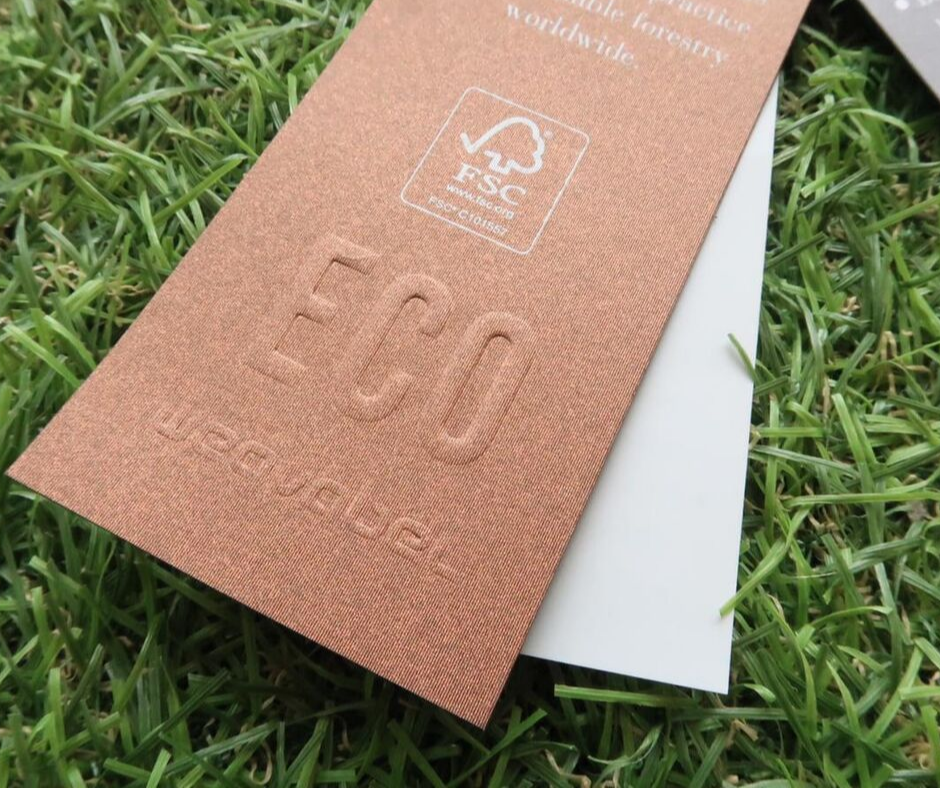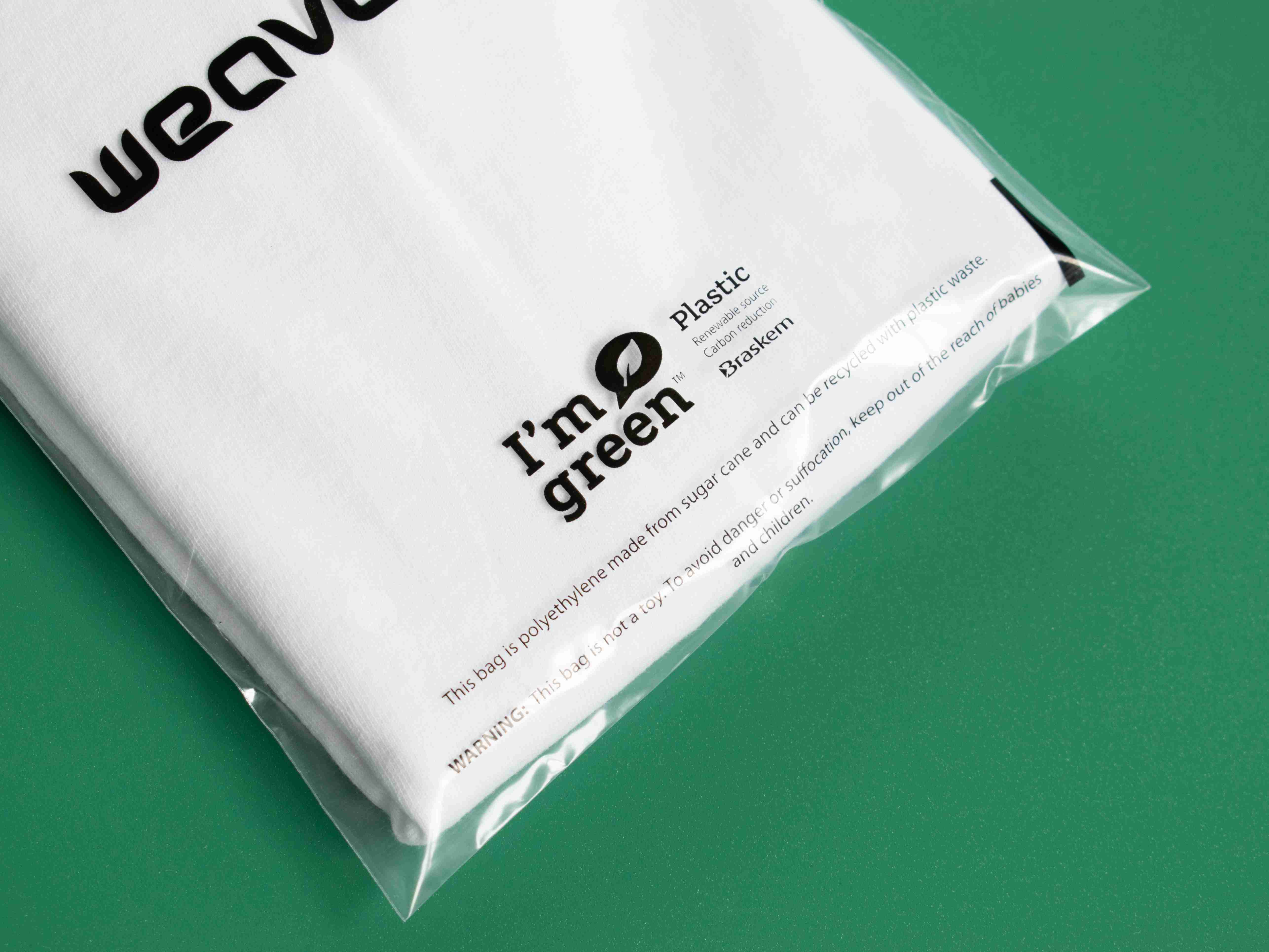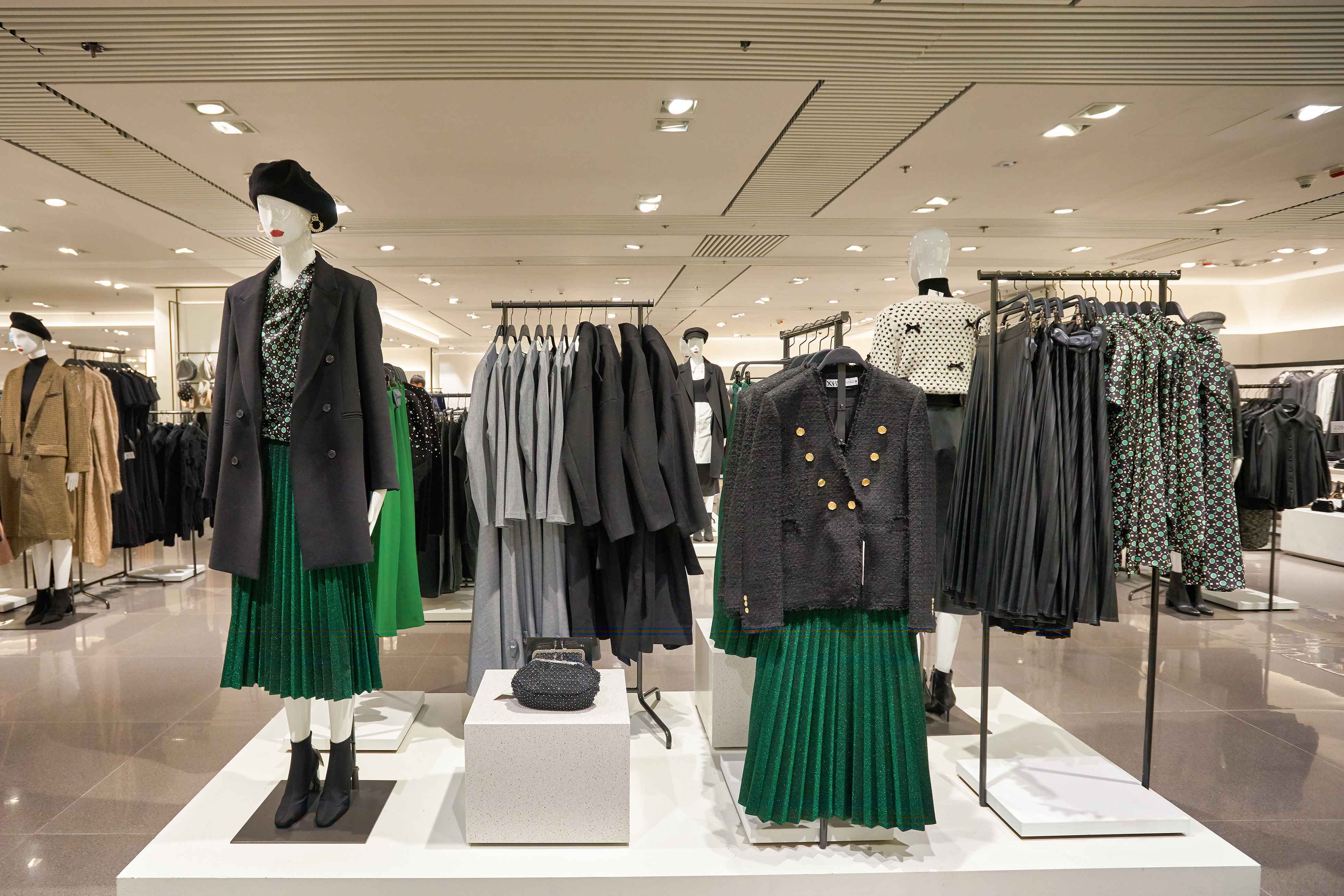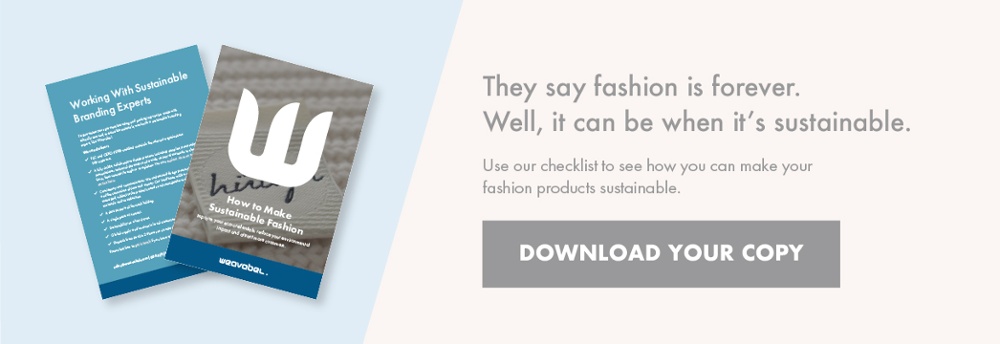What Are the Drivers and Barriers to a Circular Economy?
As the need to move to a circular economy increases, we investigate the top drivers and barriers that can impact the adoption of this model.

The circular movement is gaining traction, with more and more fashion businesses committed to making the shift to facilitate dramatic environmental and social change. Even though there are many drivers for a circular economy, it doesn’t come without its blockers.
In this article, we identify the top drivers and barriers for the circular economy and highlight the need for greater sustainability.
What Are the Drivers for a Circular Economy?
The need for the fashion industry to change is more apparent than ever, so we look into the key drivers that promote the importance of adopting a circular fashion economy.
The need for Environmental Change
It’s estimated that 92 million tonnes of textile waste are created by the fashion industry, with that figure due to increase by up to 60% by 2030. This waste has to go somewhere, usually ending up in landfill sites, polluting oceans and damaging less-developed countries by dumping unwanted apparel.
On average, 35% of all materials in the supply chain end up as waste before it even reaches the consumer, displaying that the fashion industry is showing little consideration for its environmental impact.
But it isn’t just about the textile waste that’s damaging our ecosystem. There are also a lot of resources needed and wasted through the fashion supply chain. The creation of plastic-based fibres, large amounts of carbon emissions and excessive water usage levels contribute to the negative impact the traditional linear fashion model has on the planet.
The circular economy increases the circularity of resources and products in the fashion supply chain to combat this. The circular fashion economy closes the loop by committing to designing sustainably, using renewable and regenerative raw materials, reducing resource consumption and ultimately encouraging recycling to eliminate fashion waste.
Increased Global Agendas and Regulation
Thankfully, governments support the principles of a circular economy by introducing new regulations and cracking down on brands that aren’t behaving responsibly. This further increases the move to a circular economy.
‘Creating 2.1 billion metric tonnes of greenhouse gas emissions, the fashion industry is on a trajectory to exceed the 1.5-degree pathway to mitigate climate change set out by the Intergovernmental Panel on Climate Change (IPCC) and ratified in the 2015 Paris agreement.’ - McKinsey
This shocking statistic shows the fashion industry needs to change. To do that, brands, industry leaders, suppliers and manufacturers must commit to the circular economy model.
The need for this is further strengthened by the UK government’s net-zero emissions target by 2050, meaning the fashion industry will need to decarbonise and meet stringent requirements to keep in line with government regulations.
As of 1st April 2022, the UK government is introducing a Plastic Packaging Tax– if you manufacture or import 10 or more tonnes of plastic packaging within a 12 month period, you will be taxed. UK brands should switch to eco-friendly poly bags with at least 30% recycled content in an effort to further reduce fashion waste.
But it isn’t just the fashion industry's environmental impact that’s driving the need to change to a circular economy. There’s the societal impact, too.
In light of recent issues, such as Boohoo’s Modern Slavery investigation due to under-paying workers in Leicester factories, the need for a greater focus on workers’ conditions through a circular economy is becoming more apparent, as well as the increased need for protective legislation, such as The Modern Slavery Act.
Reducing the Social Impact of Fashion
This increased need for reducing the social impact of fashion that continues to drive the importance of the circular economy. People in less-developed countries are suffering at the expense of low manufacturing costs, cheap clothes and fast-fashion demands.
The International Labour Organisation estimates that 170 million children engage in child labour in the textile sector. Workers in Turkey suffer serious health implications due to manufacturing techniques such as sandblasting denim. A fire at the Tazreen Fashion factory in Bangladesh killed 117 fashion workers. And few people can forget the atrocities of the Rana Plaza disaster.
This all shows the fashion industry desperately needs to change.
The circular fashion model emphasises behaving responsibly at every stage throughout the supply chain, including paying workers a fair wage, ensuring safe working conditions and reducing the impact of fashion on local communities.
Increased awareness
Thankfully, as awareness and activism grow, this further supports the need to move to a circular fashion economy. As consumers become more environmentally aware and the power of social media plays a big part in spreading the message of the need for change, consumer attitudes should begin to shift, forcing fast fashion brands to adopt a more sustainable approach.
A key player in the fashion activism sphere is Livia Firth, co-founder of Eco-Age. Firth has been at the forefront of the fashion revolution for a considerable amount of time, calling-out brands, supporting sustainable initiatives and creating hard-hitting documentaries to increase awareness and inspire change.
Big fashion brands have also started to adopt circular fashion principles to make the industry more sustainable and responsible. Bigger brands like H&M and Nike have started making sustainability pledges and made top-selling products from recycled materials. Designers such as Stella McCartney and Sarah Burton (of Alexander McQueen) have also highlighted the importance of creating responsible garments.
As the movement continues, consumer awareness will grow and should develop into a shift towards how the fashion industry should operate, reducing the demand for damaging fast fashion models.
What Are the barriers to a circular economy?
While there are many drivers for a circular economy, the reality is there are still several detrimental roadblocks to the advancement of the circular fashion model.
Consumer Attitudes and Trends
Consumers are used to buying what they want, when they want, for the price they want, with very little consideration into the wider implications that purchase might have.
Costumers are used to the fast fashion model, which has been further driven by the rise of social media, fashion influencers and the churning out of trends, meaning people are buying more clothes than ever before. Zara creates a whopping 24 collections a year and 500 designs a week.
Is this supply to meet the demand or supply creating the demand?
Although environmental awareness is increasing, there’s still a greater shift in consumer attitudes to drive the deployment of a truly circular and sustainable fashion economy. This will require investment from brands, stakeholders, consumers and the wider industry as a whole to break down this barrier and create meaningful change.
Cost
Perhaps one of the biggest barriers to a circular economy is cost. To achieve a fully circular economy will require a seismic shift of operations, which won’t come without significant expense. As an example, using recycled polyester yarns to produce woven labels increases the price by 20%. Unfortunately, as fashion brands are making large profits from the current linear model, they have little monetary incentive to make the change.
The whole supply chain needs an overhaul, with significant investment placed in innovation, new machinery, operations, raw materials and more. Not only will this impact capital, but it’ll also take a significant amount of time. As the saying goes, time is money.
There’s also the consumer cost. Unless you’re buying second-hand, sustainable fashion purchases are usually more expensive. With cost being a key purchase driver for consumers, if they can purchase a similar, less sustainable product elsewhere for a lower price, then it’s likely they will.
Transparency
Although many fashion retailers have tested out circular initiatives, there has been backlash along the way. As the need for a more sustainable fashion model increases, the issue of transparency needs to be addressed for a circular economy to succeed.
‘One of the biggest challenges of creating a circular fashion system is the highly globalised, complex and extremely fragmented supply chain which consists of many stakeholders and activities, making it difficult to ensure circular transparency. As textile and apparel manufacturing firms are largely located outside the Western consumer markets, locating them in the reverse business models is found to be difficult’ - Circular Economy and Sustainability 2021, Springer.
Brands need to accept that there may be hiccups along the way, but they must start making a move towards a circular model before it’s too late. A brand that’s showcasing how to do just that is Ganni. Although Ganni puts a key focus on sustainability, it doesn’t claim to be a sustainable brand.
Ganni acknowledges the current fashion model thrives off newness and consumption, which goes against the fundamental principles of sustainability. Instead, the brand has committed to making better choices across the business to minimise its impact and aim to speak openly about it to avoid greenwashing claims.
If brands start to encourage an open conversation, admit when they make mistakes and try to make positive change regardless of this risk, the barrier of transparency will be reduced and the transition to a circular economy will be easier.
What's Next?
If you’re looking for the next steps of sustainability for your company, then you’ve come to the right place. Our Sustainability Checklist has all the key information you need to start your sustainability journey. Simply click the link below to download your copy.









